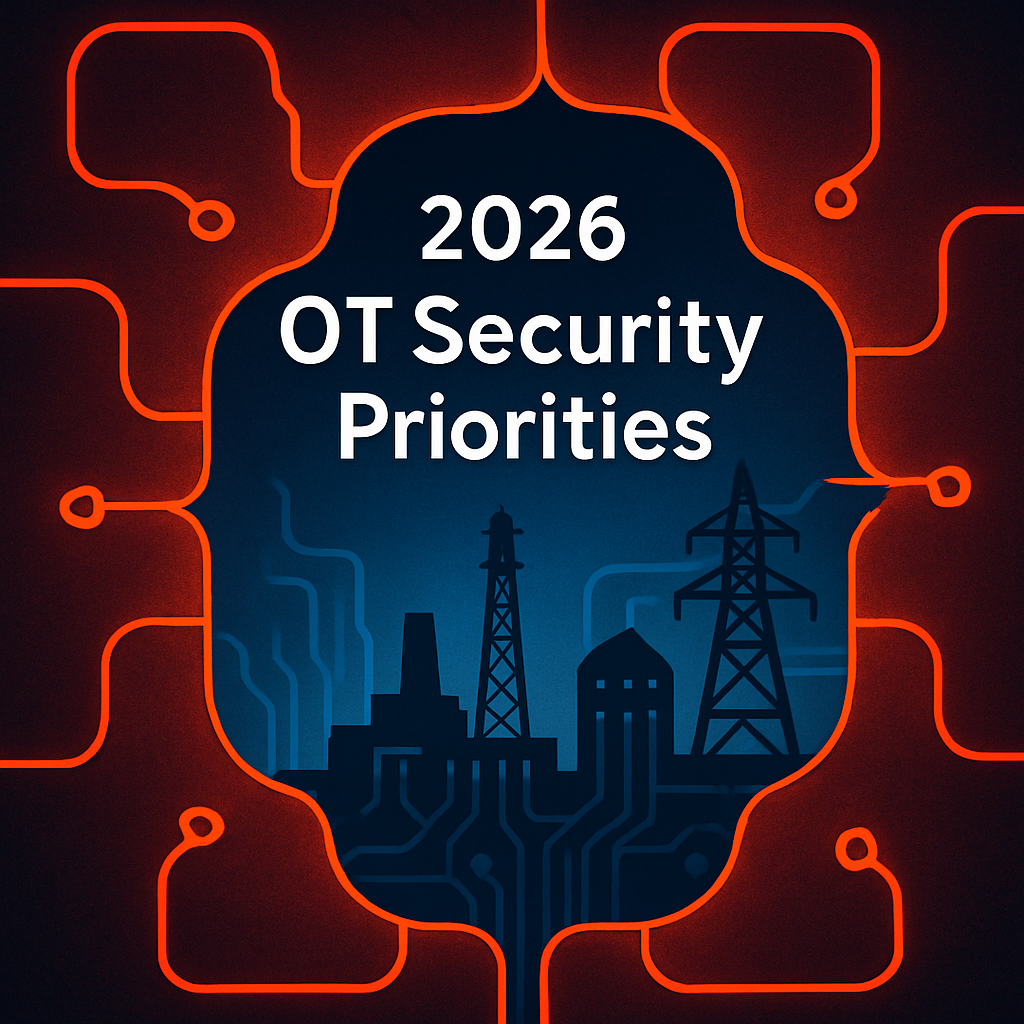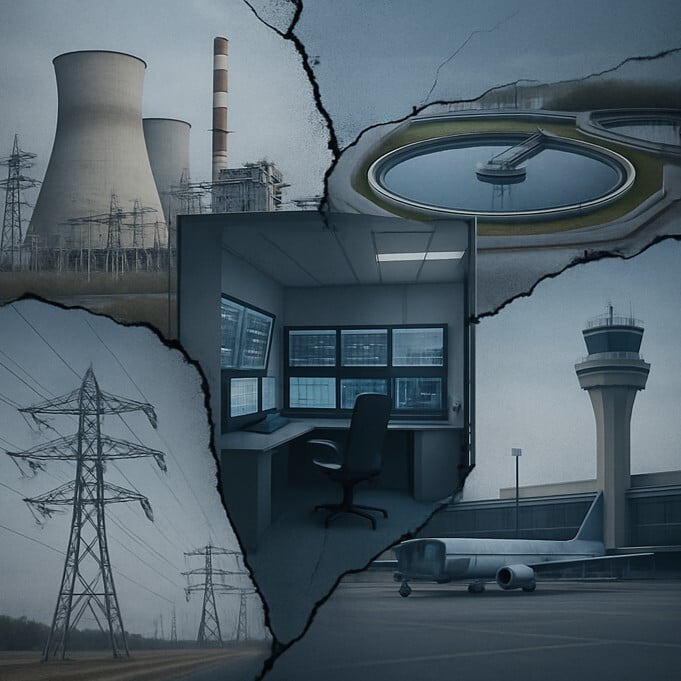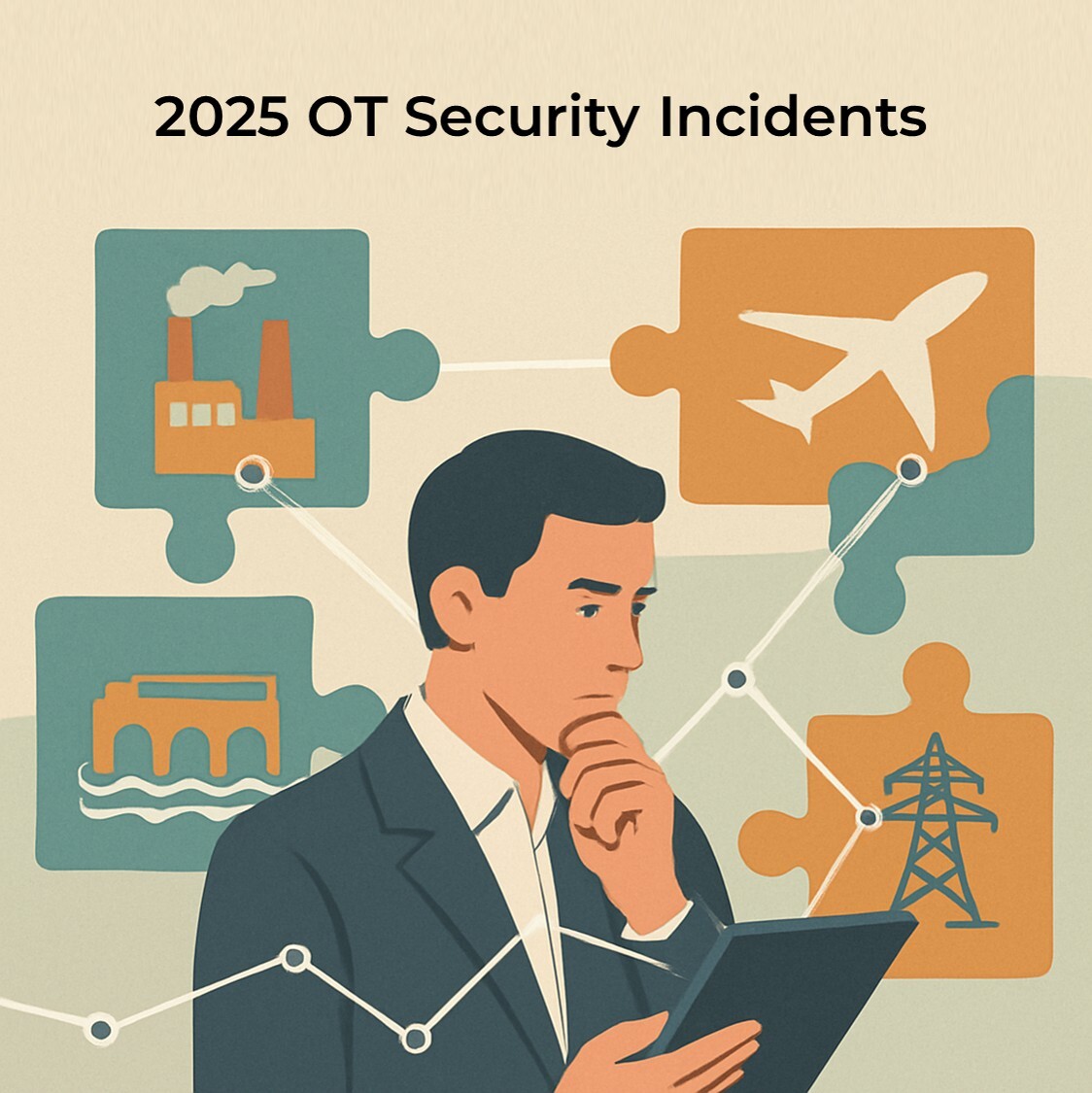£1 Billion for Cybersecurity Shows the Urgent Need for Robust OT Security

In 2025, the UK government announced a bold cybersecurity push, pledging a massive investment to protect critical national infrastructure (CNI)—from energy grids to hospitals, water systems, and transport networks. It’s a wake-up call: the stakes are higher than ever, and digital transformation is only widening the attack surface.
But here’s the catch: money alone won’t stop cyberattacks. Even with billions invested, organisations are only as secure as the weakest point in their operational technology (OT) systems. The effectiveness of this investment hinges on addressing vulnerabilities within OT environments. A recent incident in the UK highlights the critical need for robust OT security measures. In 2024, a cyberattack targeted a UK water utility, exploiting weaknesses in its OT systems. The attack disrupted operations and underscored the potential consequences of inadequate security measures in OT environments.
The Hidden Risks in OT Systems
OT networks are messy, complex, and often decades old. Legacy devices, patch delays, and partial connectivity create blind spots that attackers love. The UK government recognises this: its Cyber Growth Action Plan highlights the need for “secure by design” systems and stronger operational security.
Consider this:
- Legacy Control Systems: Many facilities still run outdated PLCs or SCADA systems. They weren’t designed with modern threats in mind.
- Intermittent Connectivity: Systems are often offline or air-gapped, giving a false sense of security. Offline does not mean untouchable.
- Human Factors: Contractors, maintenance staff, and temporary operators frequently reuse credentials or connect USB devices—accidentally opening the door to malware.
The reality is clear: CNI environments are under constant threat, and even minor oversights can have catastrophic consequences.
Identity Blind Spots Are the Real Danger
Across multiple recent OT incidents worldwide, a clear pattern has emerged: attackers exploit gaps in identity and access controls to disrupt critical operations.

For example:
- August 2025 – Foiled Water Supply Cyberattack in Poland
Polish authorities successfully thwarted an attempted cyberattack targeting the water supply of a major city. Early detection and rapid shutdown prevented disruption; however, officials warned that countless similar attempts go unnoticed or unreported. The incident reinforces how sensitive OT environments remain, and how authentication failures can bring critical services to the brink within minutes. - April 2025 – Norwegian Dam Sabotage
Attackers remotely accessed the control systems of a dam in Bremanger, Norway, triggering a valve to release 132 gallons of water per second for more than four hours. Although physical damage was avoided, the breach—attributed to pro-Russian actors—marked the first confirmed cyberattack on Norway’s water infrastructure and demonstrated how a single unauthorized access can directly translate into physical risk. - May 2024 – UK Water Utility Cyberattack
A UK water company suffered a disruptive cyberattack after adversaries exploited weaknesses in its OT systems. By leveraging unsecured access points, attackers interfered with operational processes and caused service disruption—highlighting how the absence of verifiable identity controls can immediately impact national infrastructure.
Without robust authentication and identity verification, even substantial cybersecurity investment won’t prevent disruption. Systems can appear secure on paper, but unless every access request is verified—online or offline—vulnerabilities remain wide open.
Why OT Authentication Matters

OT authentication solutions address exactly this gap. The key isn’t just locking the system down; it’s verifying who, what, and when, even in environments that are partially or fully offline. Effective solutions:
- Operate without needing a constant network connection.
- Prevent credential reuse or lateral movement.
- Provide session-specific, time-limited access.
- Create auditable trails in disconnected environments.
This isn’t theory—organisations that implement identity-centric OT security drastically reduce risk, even in complex or legacy infrastructures.
Securing the Future of Critical Infrastructure
The UK government’s investment is a signal that cyber resilience is now a national priority. But technology, policy, and budgets alone won’t stop attackers. Identity and access management at the OT level is essential for translating that investment into real security.
For critical infrastructure, securing endpoints and validating every access attempt isn't optional—it’s the frontline of defence. Billions are being poured into UK cybersecurity, but the real difference comes from closing the gaps attackers actually exploit. In OT systems, identity is security—and even in silence, we must know who’s knocking at the door.
--------------------

swIDch will continue its quest to innovate and pioneer next-generation authentication solutions. To stay up-to-date with the latest trends sign up to our newsletter and check out our latest solutions.

2025 made one truth uncomfortably clear: the biggest weaknesses in OT security no longer sit inside the control layer,

The OT and critical infrastructure incidents we witnessed throughout 2025 showed, with unusual clarity, where attackers

2025 was marked by a series of real-world OT and infrastructure incidents across Europe and North America. A dam gate
Looking to stay up-to-date with our latest news?